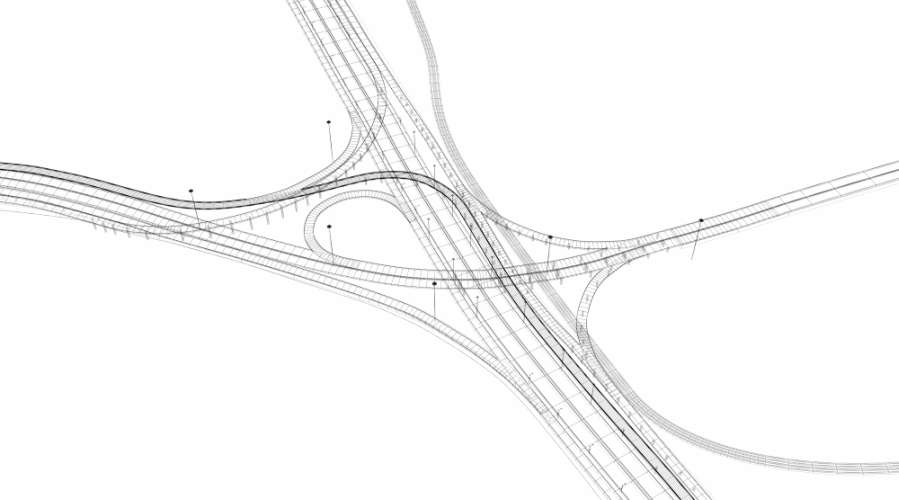Reflecting the Government's 2021 Transport Decarbonisation Plan, the revised circular places particular emphasis on traffic reduction: getting people out of cars. It stresses that new development should be facilitating a reduction in the need to travel by private car and focused on locations that are or can be made sustainable and where opportunities to maximise walking, wheeling, cycling, public transport and shared travel have been identified.
From predict and provide to vision and validate
The circular clarifies that local planning and highway authorities should be moving away from transport planning based on predicting future demand to provide capacity (‘predict and provide’). Instead they should be setting an outcome communities want to achieve and then planning the transport solutions to deliver those outcomes (vision-led approaches including ‘vision and validate,’ ‘decide and provide’ or ‘monitor and manage’).
Principles of sustainable development
The revised circular explicitly requires National Highways to act in a manner which conforms to the principles of sustainable development. This is defined in its licence as encouraging economic growth while protecting the environment and improving safety and quality of life for current and future generations. National Highways also has an important role to play in the drive towards zero emission transport through its commitment to net zero maintenance and construction emissions by 2040 and net zero road user emissions by 2050, and its role as a statutory consultee in the planning system.
Developers
Development promoters are expected to enable a reduction in the need to travel by private car and prioritise sustainable transport opportunities ahead of capacity enhancements and new connections on the SRN.
Residential-led developments need to give due consideration to home and street layouts, broadband infrastructure, safe and secure cycle parking, and access to local amenities and open space in support of these aims. Larger schemes should provide mobility or micromobility hubs.
Where developments include on-street or communal parking, high-powered and open-access EV chargepoints should be installed.
Local planning authorities
The NPPF prescribes that transport issues should be considered from the earliest stages of plan-making and in development proposals so that sustainable transport can be promoted. The Government therefore expects the relevant authorities to engage with National Highways from the outset when preparing local plans and spatial development strategies.
Roadside facilities
The Government expects around 6,000 high-powered open access chargepoints to be installed across the SRN by 2035. Operators of motorway and APTR (all-purpose trunk road) service areas must therefore support the uptake of zero emission and hybrid vehicles by installing EV chargepoints at their sites. These chargepoints should be user-friendly and accessible, having easy-to-read prices in p/kWh that do not fluctuate once charging sessions have started; should be working all year round; and provide free 24/7 helplines for users. Operators should consider if some chargepoints can be located where they can be safely accessed by a recovery vehicle and car towing a caravan. Any party involved in providing public chargepoints should consider PAS 1899, the new accessibility standard for chargepoints.
These changes are not a wholesale revision of the circular and they do not reflect proposals for wider changes to the planning system that are in the Levelling Up and Regeneration Bill. So there will probably be a fuller review of this circular in due course. For now, it is encouraging to see that sustainability and encouraging EV uptake are key considerations for transport planning policy, but there is still a long way to go and as ever, the policy is only as good as its application in practice.





